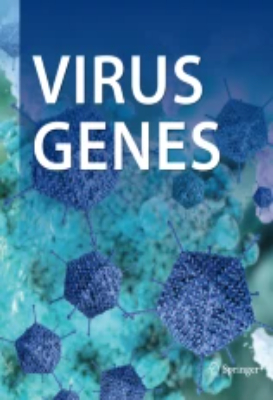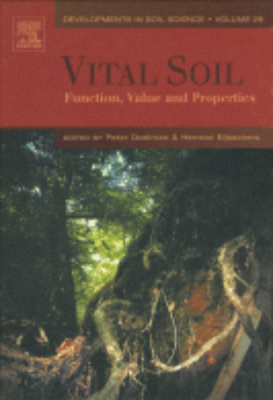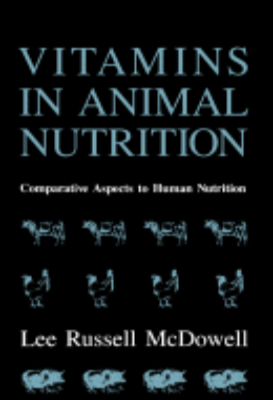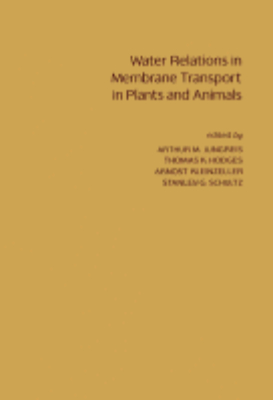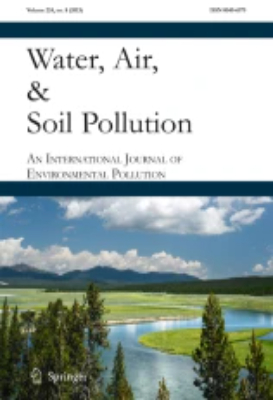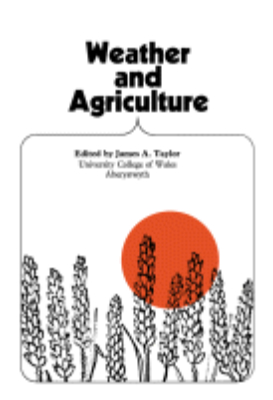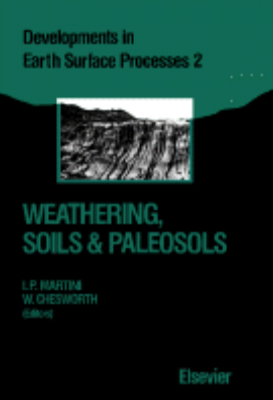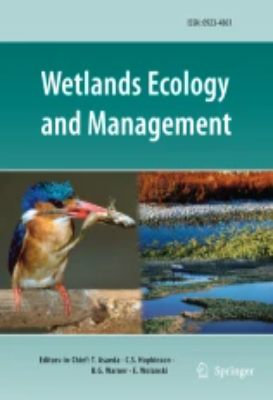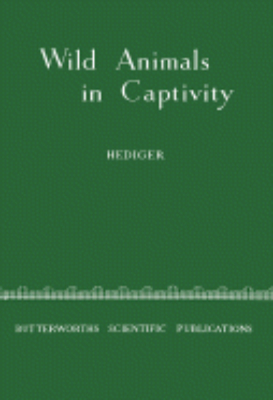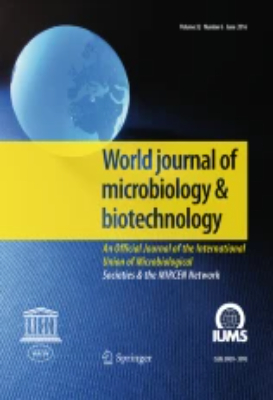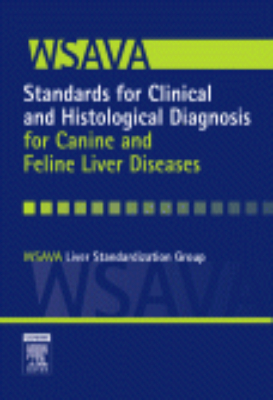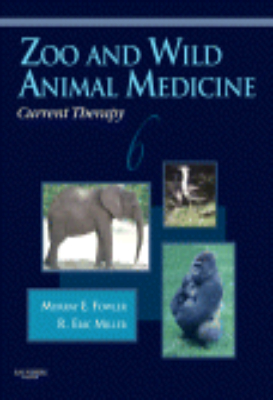Agricultural Science
Virus-Insect-Plant Interactions
"In Virus-Insect-Plant Interactions, the world's leading scientists discuss the latest breakthroughs in understanding the biological and ecological factors that define these complex transmission systems and how this knowledge might be used to our advantage in producing innovative, user and environmentally friendly approaches to controlling the spread of plant pathogens by insects. This is an invaluable reference work for researchers, teachers, and students. There are many quick-reference figures and tables, the contents pages include individual chapter abstracts, and each chapter ends with its own bibliography. Key Features. Presents the most significant research breakthroughs of the past two decades. Contains eighteen chapters by forty-two world-renowned researchers. Invaluable reference work for researchers, teachers and students. Each chapter ends with its own bibliography. Contents pages of forematter include individual chapter abstracts. Contains many quick-reference figures and tables"
Vitamins in Animal Nutrition
"Vitamins in Animal Nutrition presents concise, up-to-date information on vitamin nutrition for livestock and poultry; comparisons with vitamin use in human nutrition are also presented. This book describes the basic chemical, metabolic, and functional role of vitamins and vitamin supplementation. A wealth of photographs illustrate the nutritional aspects of vitamin deficiencies and excesses in livestock, along with their concomitant conditions. This authoritative reference is of interest to professionals in animal nutrition and the livestock industry and is suitable as a graduate-level text on vitamin nutrition in animals. Key Features. First book of its kind. Offers practical and broad coverage of nutrition as it relates to farm livestock, humans, and laboratory animals. Clinically identifies and outlines the effects of vitamin excesses and deficiencies in animals and humans. Emphasizes vitamin supplementation, and vitamin metabolism and function. Illustrated with numerous photographs"
Water and Plant Disease
Water Deficits and Plant Growth, Volume V: Water and Plant Disease presents a comprehensive treatment of the role of water deficits and excesses in the plant disease complex. This book highlights water relations of diseased plants and the effects of water stress induced by disease and environmental factors, along with water deficits related to disease and water stress as a predisposing factor in plant disease. This volume is organized into nine chapters and begins with an overview of the water relations of diseased plants, focusing on root, foliar, and shoot diseases, as well as vascular wilts. The following chapters examine the effects of water deficits on pathogen and host, the degree and duration of water deficits as predisposing factors in plant disease, and important abiotic diseases induced by water deficits and excess. The discussion then turns to water in relation to active and passive liberation of spores, as well as to the infection process. This book also explains soil moisture in relation to spread and survival of pathogens, the link between water and seed decay, field and storage fungi that affect seeds, and water in relation to wood deterioration. This volume concludes with a chapter on moisture as a factor in epidemiology and the forecasting of disease. This book is a valuable resource for scientists and investigators in fields such as botany, plant pathology, forestry, agriculture, and biology.
Water Quality Criteria for Freshwater Fish
Water Quality Criteria for Freshwater Fish, Second Edition, is a collection of 12 technical papers on water quality criteria for European freshwater fish, together with a report on fish toxicity testing procedures that have been produced for the European Inland Fisheries Advisory Commission (EIFAC)an intergovernmental organization with a current membership of 24 countries. Each chapter reviews a particular water quality characteristic for European inland fisheries, although the effects of mixtures with other harmful substances have been described for some of them. These characteristics include water quality criteria for finely suspended solids and pH values; water temperature; the effect of ammonia; phenolic wastes; dissolved oxygen; chemistry and toxicology of chlorine; and toxicity of zinc, copper, and cadmium. The reports in this volume will be useful not only to the member countries of the European Inland Fisheries Advisory Commission, but also to those concerned with the management of inland waters and their fishery resources in other continents.
Water Relations in Membrane Transport in Plants and Animals
Water Relations in Membrane Transport in Plants and Animals contains the presentations in a symposium dealing with Water Relations in Membranes in Plants and Animals, during the 27th Annual Fall Meeting of the American Physiological Society held at The University of Pennsylvania, 17-19 August 1976. The purpose of the symposium was to explore the common modes of water regulation in plants and animals. In these proceedings, the mechanisms employed to restrict water flow across plant and metazoan animal cells are described. Putative differences in mechanisms of water regulation retained by plant versus animal cells become inconsequential in the light of the numerous similarities: dependence upon bioelectric potentials maintained across cell membranes, energy dependence of uphill water movement, and solute coupling during water transport. The presentations can be organized into four. The first takes up specific mechanisms of water transport in plants. The second and third parts deal with specific mechanisms in invertebrates and vertebrates, respectively. The fourth part covers generalized mechanisms common to plants and animals.
Water Relations of Plants
Water Relations of Plants attempts to explain the importance of water through a description of the factors that control the plant water balance and how they affect the physiological processes that determine the quantity and quality of growth. Organized into 13 chapters, this book first discusses the functions and properties of water and the plant cell water relations. Subsequent chapters focus on measurement and control of soil water, as well as growth and functions of root. This book also looks into the water absorption, the ascent of sap, the transpiration, and the water stress and its effects on plant processes and growth. This book will be useful for students, teachers, and investigators in both basic and applied plant science, as well as for botanists, agronomists, foresters, horticulturists, soil scientists, and even laymen with an interest in plant water relations.
Weather and Agriculture
Weather and Agriculture presents the major principles involved in the integrated study of weather and agriculture. The book is divided into three sections. Part I discusses the aspects of environmental factors and their validity and measurement. Part II presents a selection of the weather hazards and their relation to agricultural practice. The last section focuses on productivity, the efficient maximization of available resources towards economic ends. Meteorologists, agriculturists, and pedologists will find the book invaluable.
West Australian Native Plants in Cultivation
West Australian Native Plants in Cultivation differs from other books written about the subject, because this text is based on actual experience in Western Australia and its flora. The book describes the cultivation of some of the plants that grow naturally in the region. The text starts with a background of the State and its flora, with some description of these plants as being successfully grown in other parts of the country and the world. The book lists the common and botanical names of the plants for easy identification, as well as the existence of the ""Society for Growing Australian Plants,"" which keeps records of plant growth and conditions. The text then offers tips in growing these native plants. The book shows where to collect, process, store, and treat hard-coated seeds. The text then explains propagating using the seed, transplanting the seedlings, and propagating the plant by other means such as cuttings and rootings. The book does not miss on how to take care of the plant through proper watering, mulching, pruning, fertilizing, and controlling pests. The text gives other useful information such as the localities where a type of plant can be found, as well as the kinds of plants that can be grown for special purposes. Agriculturists, plant lovers, botanists, and home-makers will find this guide useful and interesting.
Wild Animals in Captivity
Wild Animals in Captivity covers some of the mistaken notions concerning the conditions of animals in captivity, most of which are the result of an anthropomorphic approach to the subject. This book is composed of 12 chapters and starts with an overview of the historical development of zoological gardens. The succeeding chapters deal with the territorial requirements and sociological factors in the wild life. These topics are followed by discussions of the wild animals transition behavior from freedom to captivity; the physiological and psychological aspects of animal captivity; and the motive and situation of animal escapes. Other chapters emphasize the physical and biological environment of animals in captivity. The final chapters examine the problems related to feeding patterns, and nutrition of captive animals. These chapters also explore the relationship between human and animal, their capacity to be tamed and trained. This book will prove useful to zoologists.
Woody Plant Communities
Water Deficits and Plant Growth, Volume VI: Woody Plant Communities focuses on the water relations of woody plants in a community context. Organized into eight chapters, this book begins with a quantitative overview of sources of water available to woody plants. Separate chapters follow that discuss the water relations of coniferous, temperate hardwood, and tropical and subtropical forests and woodlands; apple and citrus orchards; closely related woody plants; and tea plantations. For each of these plant communities, emphasis is placed on hydrological cycles; water use and transpiration; absorption of water; and effects of environmental factors on soil and plant water balance. The effects of water deficits on physiological processes; vegetative and reproductive growth; yield of harvested products; drought resistance; and cultural practices affecting plant water balance and yield are also emphasized in this book. This volume will be useful to both researchers and those involved in the practice of growing woody plants for wood and fruit crops and for esthetic values.
Zoo and Wild Animal Medicine
"With expert contributors from around the world sharing their knowledge on 57 new cutting-edge areas of interest, Zoo and Wild Animal Medicine, Volume 6 continues to provide outstanding coverage of todays most relevant topics. This book is an essential resource in zoo and wild animal medicine, addressing the special challenges posed by individual and herd medical management, newly emerging diseases in diverse wild animal populations, the effect of habitat loss and destruction on wildlife species, and the utilization of zoo animals in the surveillance and detection of potential zoonoses. The user-friendly current therapy approach continues to serve a vital function in the field by fostering a conservation biology ethic, bridging the gap between captive and free-ranging wild animal medicine, from a diverse group of experts. Key Features. Includes practical guidance on such topics as behavioral training for medical procedures and the use of infrared thermography.. Divided into four sections -- Conditions Affecting Multiple Species, Poikilotherms, Avian Medicine, and Mammals -- to help you find the information you need quickly.. Extensive contributor list includes multinational contributors offering expert information on species from around the world.. Presents timely topics in zoo and wild animal medicine with 57 new chapters to provide the best and most current information available.. The most up-to-date information on hot topics such as avian influenza, West Nile virus, and other pathogens threatening wildlife and human populations on a global scale.. Cutting-edge insights on environmental and public health concerns, such as occupational exposure to zoonotic simian retroviruses and use of wildlife rehabilitation centers as monitors for ecosystem health.. A color plate section presents vivid depictions of external clinical signs for more accurate clinical recognition."



